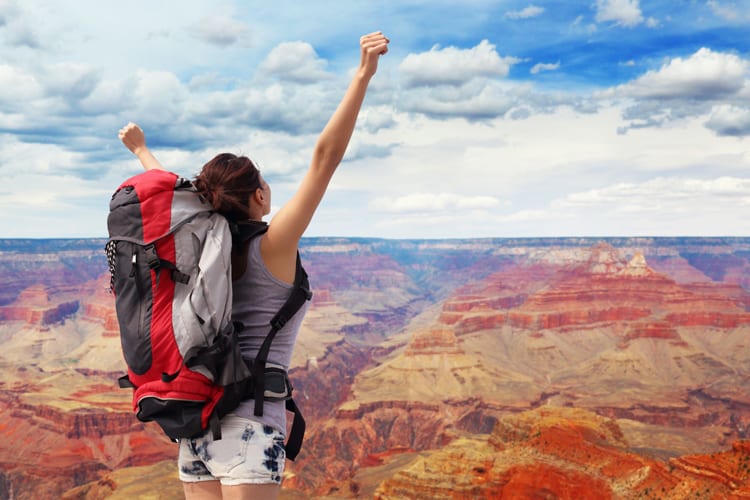After feeling cooped up this past winter, you yearn to get back outside with a well-stocked backpack and a desire for adventure. Make the most of your first summer backpacking trip with a well-designed plan that keeps you safe and prepares you for every eventuality.
A great summer backpacking strategy accounts for bringing the right gear, planning for emergencies, and knowing where you want to go. Before heading back out into Mother Nature’s lush embrace, bundle these six tips in your pack.
1. Plan What To Bring in Your Pack
Think about the weather, how long your tour lasts, potential hazards, and the terrain you’ll cover. For instance, if the forecast calls for rain, pack a flashlight to make it easy to see the trail with overcast skies and signal others if you get lost. Packing multi-use tools like flashlights, works great as a light source and for scaring away wild animals.
It’s also important to pack at least a day or two before your trip. Leaving the task until the day of your hike could mean leaving behind essential supplies, such as toilet paper. As you load up your pack, put items you need during the day near the top for easy access.
2. Understand Your Capabilities
While your mind may want to go on a long-distance tour from sunup to sundown, your body may give out after 8 miles. Go on a few practice hikes before your backpacking trip to gauge your fitness level and understand the area you want to explore.
If you’re heading out on your first backpacking trip, think about your current physical skill level. Routes may prove more challenging than you think, and you could overestimate your ability to carry a full backpack for several miles.
3. Choose the Trip Dates
When you have solid dates for backpacking journeys, it’s easier to plan for the weather. Even though warmer temperatures prevail in the summer, prepare for cooler temperatures in the mountains.
First-time backpackers often benefit from planning one- or two-day trips. That way, they have time to learn what gear works best for them, what unnecessary equipment to leave at home next time, and which hiking pace works best.
4. Decide If You Want To Go Alone or With Others
Do you feel more comfortable hiking alone or going with others? In a group, you may need to adjust your pace, stick close together, and be mindful of those behind you while navigating the trail, such as while moving branches out the way. Consider whether you want to invite others who match your backpacking experience or if you prefer to travel with more advanced backpackers. Rather than a group, you may prefer to invite one other person as your hiking partner.
5. Select Your Trail
Once you know who’s joining you on your summer treks, what you must bring, and when you hit the road, choose your trail. Narrow your options by deciding how far you want to go, choosing a trail difficulty, understanding trail features, and deciding whether you want to see a lot of other hikers along the way.
For details about trails, check the park websites, hiking blogs, local outing clubs, trekking agencies, guidebooks, and maps. These sources explain elevation loss and gain, time estimates, and imperceptible trail hazards.
6. Gather Useful Trail Details
Gather useful details to maximize your outings. For example, find out how many hours of daylight to expect, how much sun exposure to protect yourself from, and the prevalent vegetation for the area you plan to hike. Also, educate yourself on local wildlife and insects.
Take your time while strategizing summer backpacking treks. Planning may require more effort than the actual hike, but you’re sure to enjoy yourself even more with a well-thought-out plan of action.




